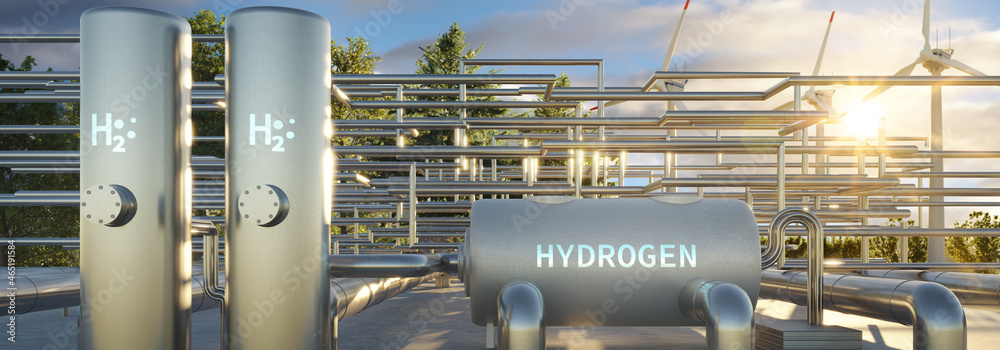
€800 Million to Jolt the Market: Europe’s Hydrogen Boosters Activate
The EU’s Hydrogen Bank has begun operations and is offering €800 million to hydrogen producers to kickstart demand for the fuel crucial to industrial decarbonisation.
By 2030, Europe wants to produce 10 million tonnes of renewable hydrogen annually. To get companies to switch, Brussels is footing the difference between their ability to pay and the high prices charged by producers of clean-burning gas.
“Today’s launch is about connecting supply and demand for renewable hydrogen,” explained the EU’s new Green Deal chief, Maroš Šefčovič, when launching on 23 November.
Using revenue generated from the EU’s carbon price, currently at €80 per tonne, the “hydrogen bank” will match suppliers to off-takers and smooth over the price difference.
Doing so transparently will allow outside observers to understand the market dynamics of the developing hydrogen economy. Today, little hydrogen is traded as the main consumers and refineries tend to produce it on-site for their own use.
“It is about creating transparency about price points, which will help kickstart a European hydrogen market,” says the Commissioner.
A total of €3 billion was allocated to the scheme, the remaining €2.2 billion will be up for grabs early next year.
Support is capped at €4.5 per kilogramme and will be disbursed for ten years and once signed, production must start within five years. Given the budget, the entirety of the scheme could facilitate the production of a total of at least 0.09 million tonnes of hydrogen or 0.9% of the annual 2030 target.
Meanwhile, Germany’s domestic hydrogen procurement scheme, H2Global, is about €5 billion. Europe’s hydrogen industry has long hoped to marry the two schemes and for other EU countries to also put money into the bank and the idea was officially endorsed by Berlin leadership in May but has yet to be implemented.
More money for other technologies
Meanwhile, €4 billion of ETS revenues is also going towards deploying other decarbonisation technologies – beneficiaries of the hydrogen bank will be excluded.
Projects large and small can have 60% of their cost covered by the EU, provided they can prove their potential to reduce greenhouse gas emissions, are cost-efficient and located in Europe.
“We are investing massively in this transition by using the revenues of emissions trading. This is a sustainable model that brings down emissions and boosts the competitiveness of European industry,” said the Green Deal chief.
In hopes of bolstering the EU’s clean technology manufacturing base, €1.4 billion has been earmarked with a target audience of producers of solar panel components, wind turbine parts, batteries, heat pumps and hydrogen electrolysers.
Euractiv, Nikolaus J. Kurmayer, November 24, 2023
